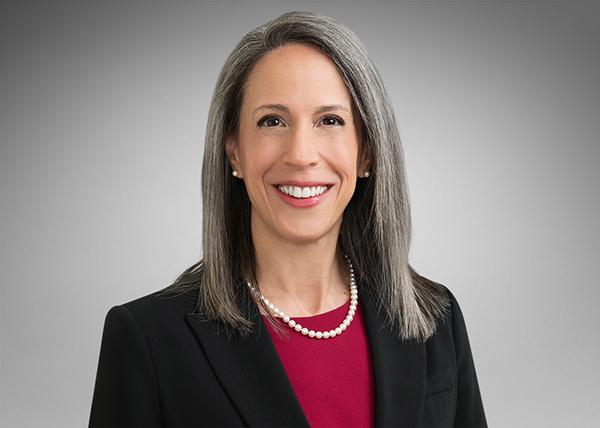Slack-fill class actions have been proliferating. The vagaries of the definition of “nonfunctional slack fill” have made food, candy, and cosmetics manufacturers easy prey. But after the Second Circuit’s May 11 decision in Critcher v. L’Oréal USA Inc., slack-fill claims against cosmetics manufacturers will be harder to bring. Courts are now more likely to find them preempted under the 1997 amendment that added an express preemption provision for cosmetic labeling and packaging to the federal Food, Drug, and Cosmetic Act (FDCA).
In Critcher, the Second Circuit affirmed dismissal of a class action alleging that L’Oréal’s liquid beauty products are misbranded. Critcher involved four “liquid cosmetics” products whose design called for a pump dispenser. Plaintiffs admitted the packages correctly stated the net weight and complied with federal labeling requirements. The problem, they said, was that the package design rendered these net quantity disclosures misleading, because a substantial portion of the product (as much as 50%) was inaccessible. They alleged violations of eight state consumer protection laws.
The Second Circuit rejected their arguments.“If Plaintiffs were permitted to move forward with their claims, they would be using state law to impose labeling requirements on top of those already mandated in the FDCA and the regulations promulgated thereunder.These would be requirements ‘different from’ or ‘in addition to’—or otherwise ‘not identical with’—those requirements that federal law already imposes.This is exactly what the FDCA does not permit.”The Second Circuit did not reach an alternative ground for dismissal—namely, that no “reasonable consumer” could have been deceived by the products.
The Second Circuit ruling complements Ebner v. Fresh, Inc., 838 F.3d 958, 965-66 (9th Cir. 2016).That case also involved cosmetic products that complied with federal and state law prescribing how to express net weight statements—tubes of lip balm with mechanical stop devices that allegedly prevented 25% of the product from advancing up the tube.Although the Ninth Circuit rejected the defendant’s FDCA preemption argument, it held that the packaging of the cosmetic products did not violate California’s consumer deception laws because the reasonable consumer was unlikely to be deceived.In so holding, it cited the undisputed fact that the product’s label disclosed the correct weight of included lip product.
Following Ebner, district courts have been increasingly emboldened to find that slack-fill claims are implausible, or that plaintiffs cannot allege that consumers are likely to be deceived.See, e.g., Kennard v. Lamb Weston Holdings, Inc., 2019 WL 1586022, at *5 (N.D. Cal. Apr. 12, 2019); Daniel v. Tootsie Roll Indus., LLC, No. 17 CIV. 7541 (NRB), 2018 WL 3650015, at *13 (S.D.N.Y. Aug. 1, 2018).
With Critcher now adding federal preemption to the defense’s arsenal, at least in the Second Circuit, cosmetic manufacturers may see some welcome relief from slack-fill class actions.
If you have any questions concerning the material discussed in this client alert, please contact the following.
Back
Back







